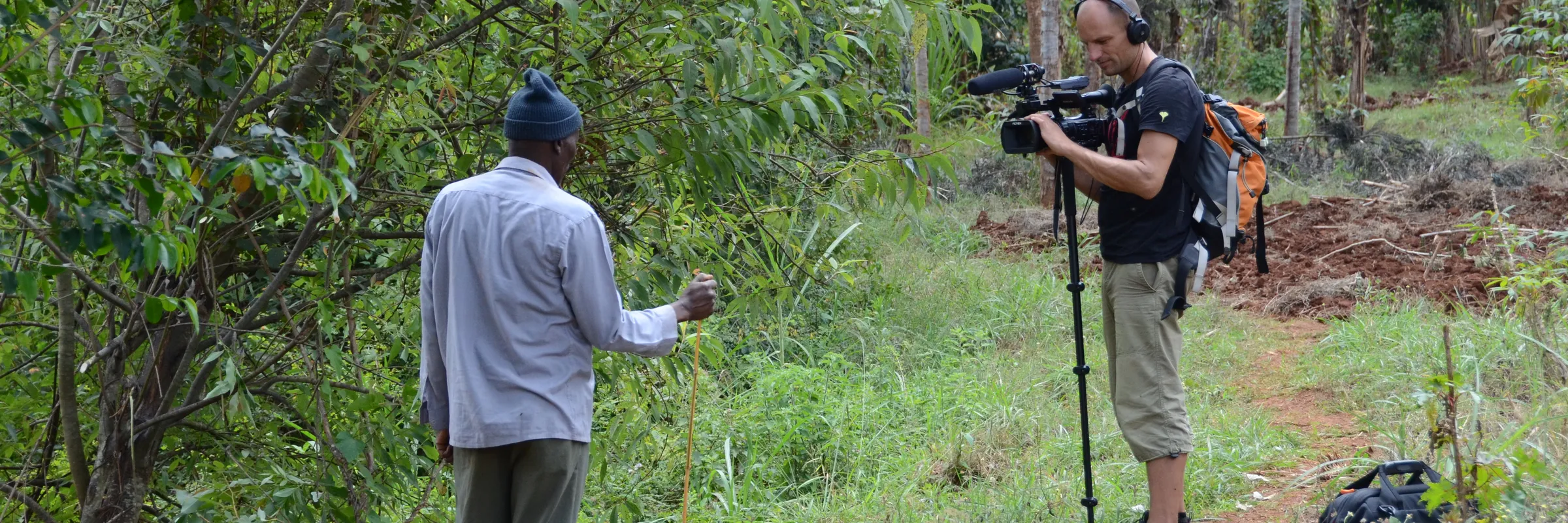
On- and Offsite Videos
These videos capture current challenges, potential solutions and existing knowledge on SLM practices in each case study from the land user’s perspective.
- Home
- On- and Offsite Videos
SLM for Food, Feed, Fibre... and Beyond
Video presented during the 2020 Desertification and Drought Day illustrates that SLM goes beyond producing food feed and fibre: it also protects land and people against disasters, flood and drying up of springs. It emphasizes evidence-based decision making including knowledge about impacts of land management, both on- and offsite. It highlights the importance of partnership and capacity building and investing into the young people, the next generation. Striking images of the landscapes and statements of land users and people concerned.
WOCAT On- and Offsite Benefits of Sustainable Land Management: Teaser of Global Case Studies 2020
There is striking evidence about the on- and offsite impacts of land management in Colombia, Haiti, the Indian Himayalas and Iceland. The fluctuation of rivers, diminishing crop production, drying up of springs, and the struggle for protection against disastrous storms, floods, as well as sand and dust storms are the paramount issues affecting people near (onsite) and far (offsite). However, local land users have identified sustainable land use practices that mitigate land degradation, preserve natural resources and ecosystem services.
Land Use Change Impacts in the Cusiana Watershed of the River Basin, Orinoco River Basin, Colombia
In the large watershed of the Cusiana River in Colombia, land management from the Paramo in the Andes to the cloud forests and the savannah lowlands affects the behaviour of the river - changing their flows and affecting people and the ecosystem downstream. Introduction to the complex challenge to relate changes observed in the lowlands to change of the land management upstream. Impressive landscape images.
Nature-Based Practices in Haiti: Reducing Floods and Saving Springs
Haiti is very vulnerable to climate extremes (hurricanes, rain storms) and is frequently hit by disasters, floods, droughts and food insecurity. The land use is not resilient and rural people face land degradation and loss of productivity. Good land management is not only productive also protective. It protects people downstream from devastating floods and soon after that droughts and drying up of the springs - the essential water supply. Agroforestry systems and vetiver terraces and their benefits are illustrated. Impressive landscape images and statements by land users and young extension workers showing on- and offsite benefits of SLM.
SLM for Himalayan Spring Revival
In the Himalayas of North India, thousands of springs are drying up - the essential water supply for the rural communities. Is this related to climate change and or land use change? Extensive spread of degraded pine forests and increased fires hinder the recharge of the groundwater and the springs. Broadleaved forests (oak) and productive agricultural practices secure spring flows and thus provide continued offsite benefits to mountain communities. Impressive landscape images and statements by initiative land users.
Mitigating Sand and Dust Storms with SLM in Iceland
Iceland is affected by devastating sand and dust storms, which have impacts on the land (onsite) and far away (offsite) e.g. in a fishing town on the Atlantic coast. The role of SLM and its impact close to the town as well as far away in the volcanic uplands is illustrated, as well as the efforts made by the soil conservation service and individual land users. Impressive landscape images and statements by initiative land users.